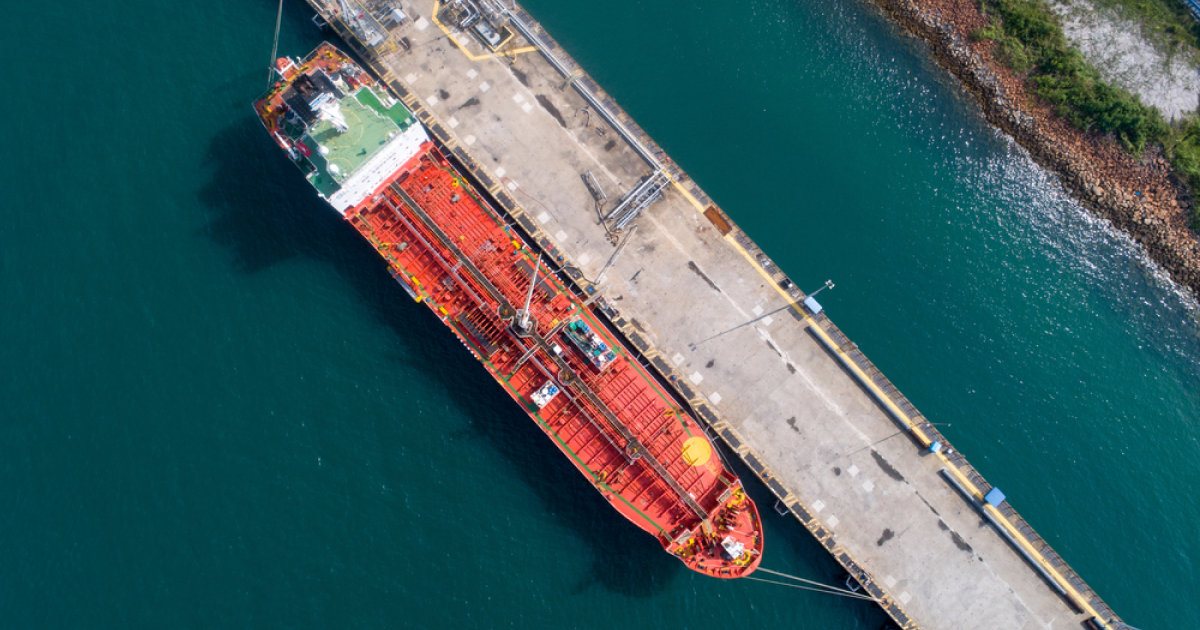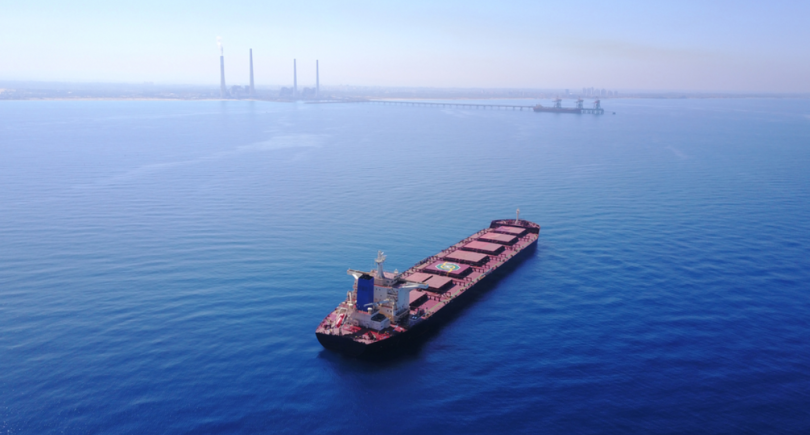
Opinions Infrastructure sea transportation 697 30 April 2025
The most painful innovation since the beginning of the war is the premium for war risk insurance – EWRI
In 2022, Ukrainian ports were under blockade. Hundreds of contracts came to a standstill – some were revised, some were never fulfilled. However, in 2023, the situation changed dramatically. The launch of the Ukrainian grain corridor allowed for the resumption of sea exports, but on completely different terms.
The full-scale war changed not only logistics but also the very logic of transportation. What used to be considered stable and predictable now requires flexibility, rapid adaptation, and reassessment of risks in each new voyage.
Payment for maritime risk
Freight rates are no longer determined by route and tonnage alone. Today, it is a balance between fleet availability, the level of risk for the shipowner, and the costs of passing through the danger zone, primarily marine insurance.
In today’s realities, businesses are concerned not so much with the amount of insurance costs as with their predictability and consistency of rules. That is why insurance issues have become a matter of particular concern for Ukrainian exporters today.
The first and most painful innovation of recent years was the war risk premium – now better known as EWRI (additional war risk insurance) – paid by shipowners and “recharged” to cargo owners. Until 2022, few Ukrainian cargo owners took its existence seriously.
Today, EWRI is a significant component of the cost of each voyage, it has become a central element of negotiations, and with it came new disputes. It has become more common for the amount of EWRI to become a subject of bargaining after the charter is signed, and for claims to be received a year after the end of the transportation – when all financial results have long been summarized.
Problematic points
We regularly come across cases where disputes arise over the procedure for payment or even the legitimacy of shipowners’ claims for EWRI “compensation”. There have been cases when shipowners have tried to hold the cargo for non-payment of EWRI, although the charter does not expressly provide for such a right. Others refused to provide proof of their insurance costs.
Quite often, disputes over the payment of EWRI arise between the charterer and the shipowner during the voyage, and sometimes several months after the voyage is completed, when settlements with counterparties who “insisted” on hundreds of thousands of dollars have already been completed. For an exporter, this is a serious financial loss.
Another problem for cargo owners since 2022 has been that most international insurers have stopped automatically including Ukrainian ports in their standard cargo insurance coverage. Now, negotiating terms and conditions for an individual shipment can lead to significant delays in issuing policies, additional premium costs, and complicated negotiations on risk allocation in contracts. Not all cargo owners are willing to do this, given the significant drop in margins. As a result, in the absence of full insurance coverage, the risks of damage, loss or destruction of cargo while in port or at a crossing point actually fall on the cargo owner.
An additional risk is that after 2022, the vast majority of contracts provide for payments only after the goods leave the Black Sea. According to Incoterms, from the moment the cargo crosses the ship’s rail under CIF or FOB, the risks are transferred to the buyer. However, until payment is received, the seller is actually left with all the consequences: in case of loss or damage to the cargo – from missile and drone attacks or ordinary maritime risks – he will be left without both goods and money. That’s why it’s critical to pay attention to who has the right to apply to the insurance company and when (the concept of a beneficiary).
A separate topic is a general accident. If a vessel is attacked, collides or encounters a critical breakdown, and the master decides to salvage the vessel and cargo, the costs of these actions may be qualified as a general accident under the York-Antwerp Rules. In such a case, the cargo owner is obliged to compensate for part of these significant costs, even if its cargo remains intact. If the cargo is not insured or the terms of the policy do not cover this situation or geography, this is a direct financial loss for the cargo owner, without the right to compensation. Without a separate cargo insurance policy, this is a direct loss.
It is possible to work in these conditions, as export statistics prove. The insurance market is functioning and payments are being made, provided that everything is properly documented: the route, the coverage area, the compliance of documents with the actual logistics, the agreed EWRI payment procedure and the availability of a separate cargo policy. This is not about formalities. It’s about predictable professional work, having a plan B and the opportunity to get expert support from those who deal with the practice on a daily basis and know how to find solutions.
What to consider
Thus, in the current conditions of maritime export and import transportation, cargo owners should take into account several important things:
- Risk insurance is not fixed. Its cost varies depending on the situation in the water area. If there was a shelling at night, the rate may be different tomorrow. And the shipowner will take this into account in the negotiations.
- The market is on the side of the cargo owner – for now. Today, the supply of tonnage is higher than the demand, so charterers can dictate the terms. However, this is a temporary balance, and it can easily be changed by the situation in ports or restrictions on canal passage.
- The cost of downtime is always on the horizon. If the delay in passing through Sulina or Bystryi is 36 hours instead of 6, or if a ship with cargo is damaged in Ukrainian waters, this will mean a significant increase in additional costs. And here it is important to understand who covers them – the shipowner or the cargo owner. This is not always clear, and disputes often arise on the fly.
- Port and transit fees can change instantly. For example, if Romania revises canal tariffs, it will not affect the shipowner, but the transportation budget. You need to know about this not in hindsight, but at the stage of contract planning.
- All agreements need to be formalized as specifically as possible. In 2023, we have seen dozens of examples where a good freight price ultimately resulted in unexpected losses – simply because the parties did not build enough flexibility into the contract and/or charter.
What should the cargo owner do?
First of all, do not rely on templates. Each transaction requires an individual calculation: risks, costs, terms, conditions of compensation. If the shipowner offers a rate, it is important to understand what exactly it includes and what will be left out. You should also consider options for responding if the situation changes after the shipment. This is the time for those who know how to learn and predict risks and always have a plan B. Proper legal support, which will turn the uncertainty of the freight contract into concrete figures, is also indispensable. Modern maritime logistics challenges require very strong competence and constant work.





